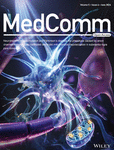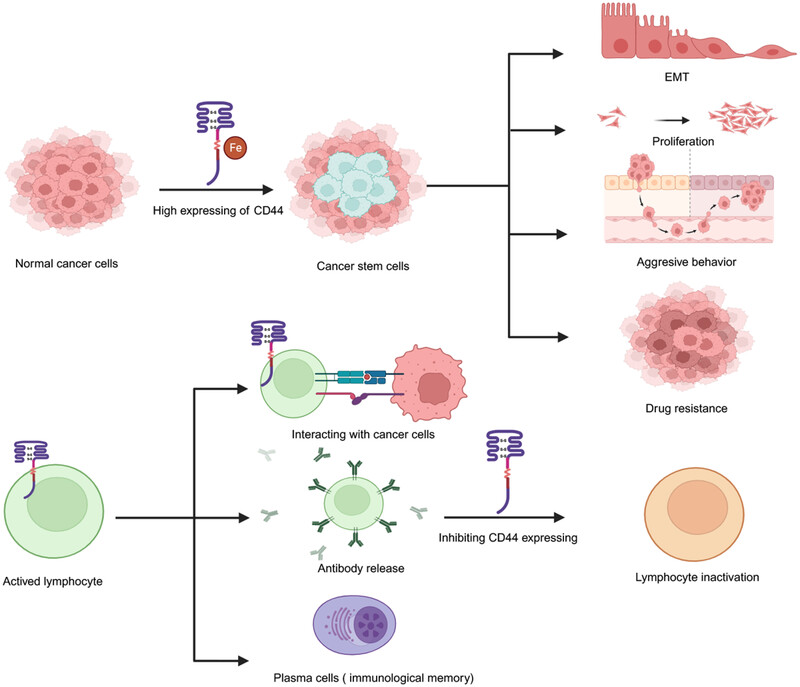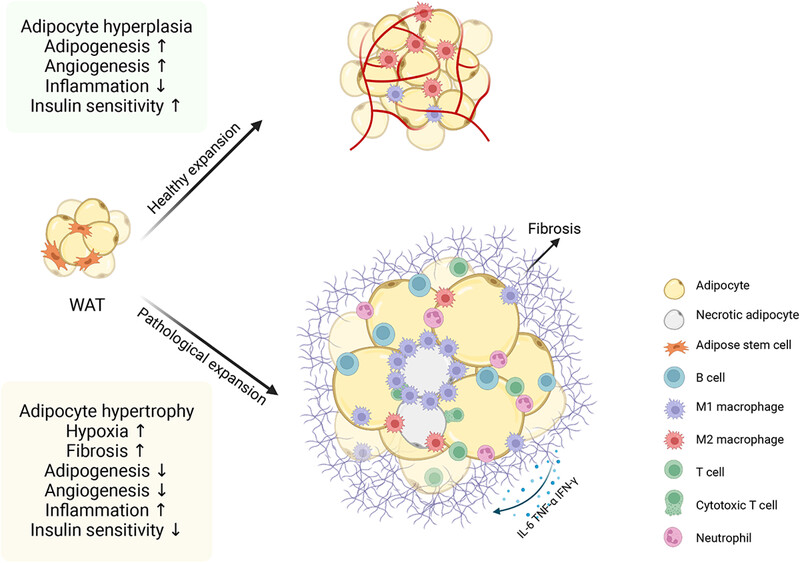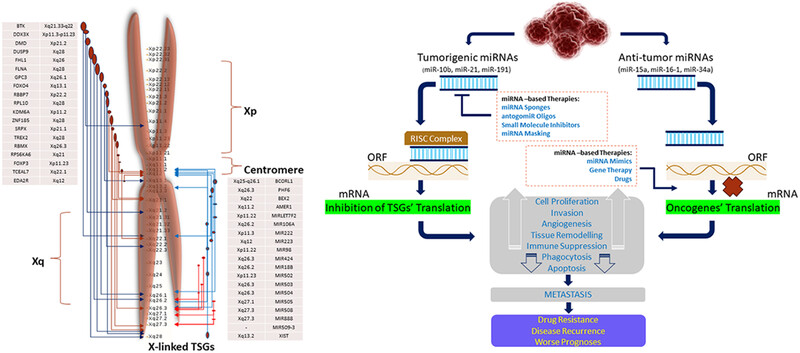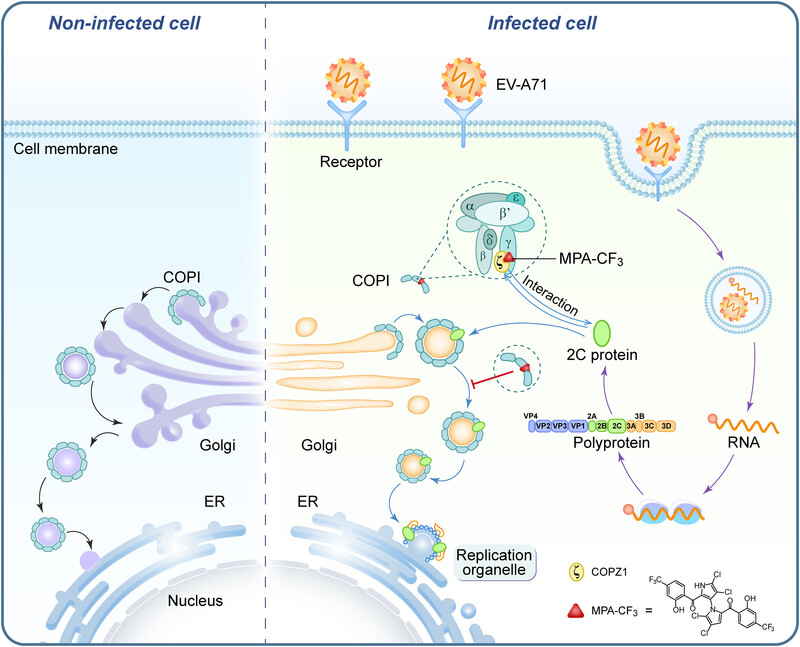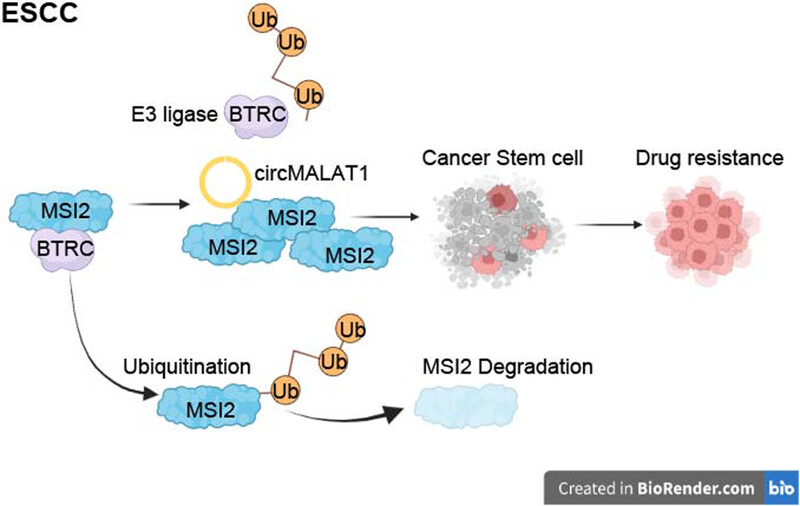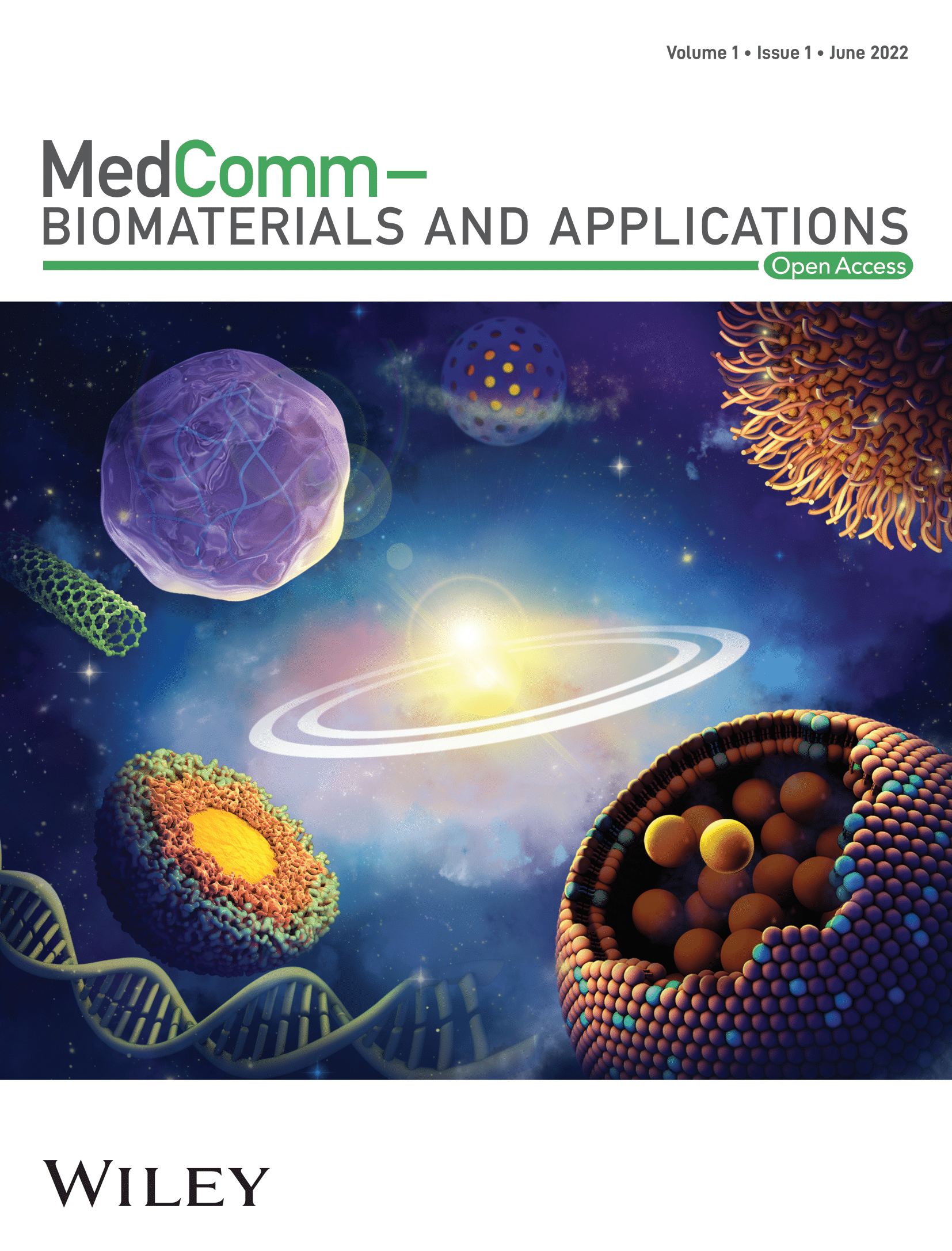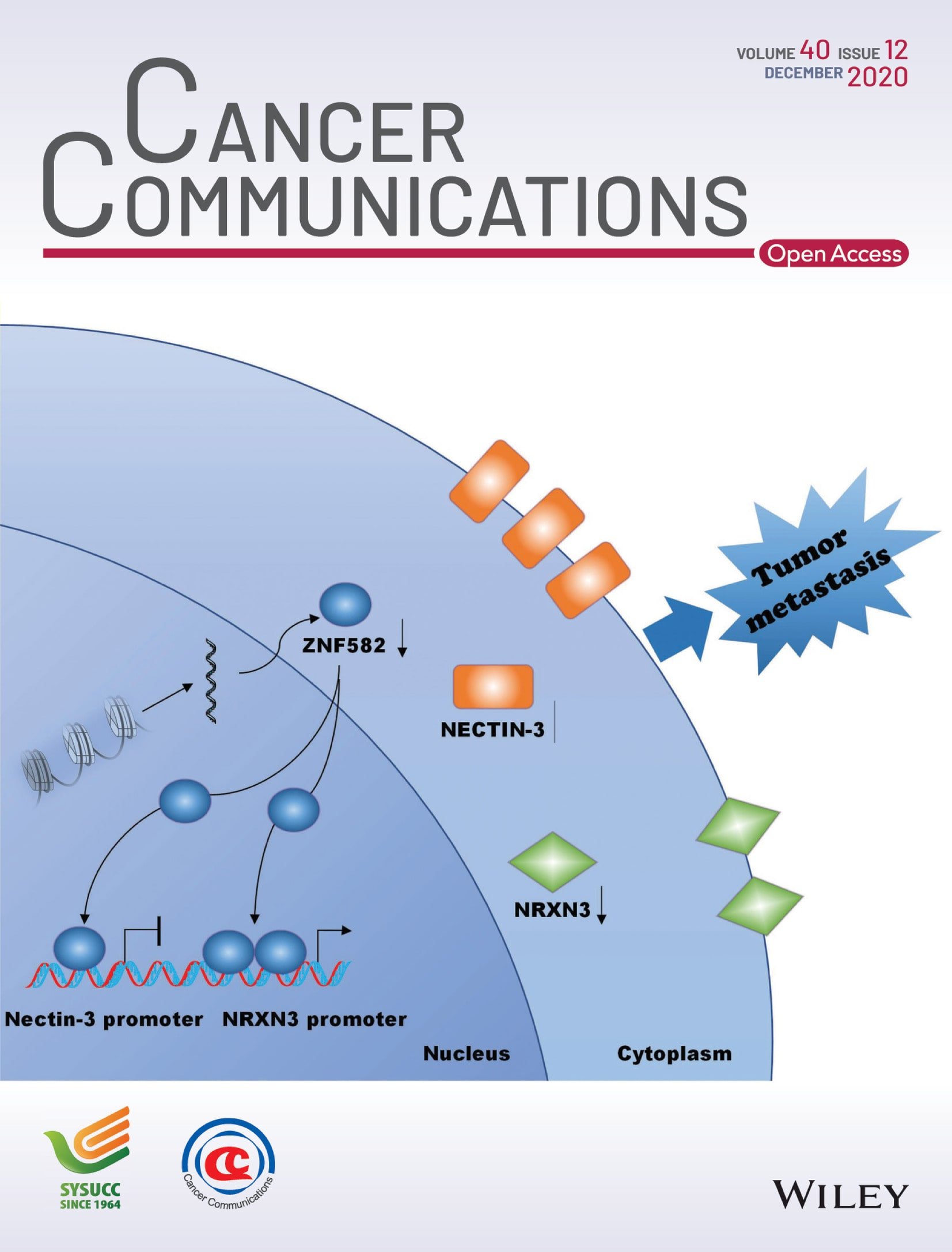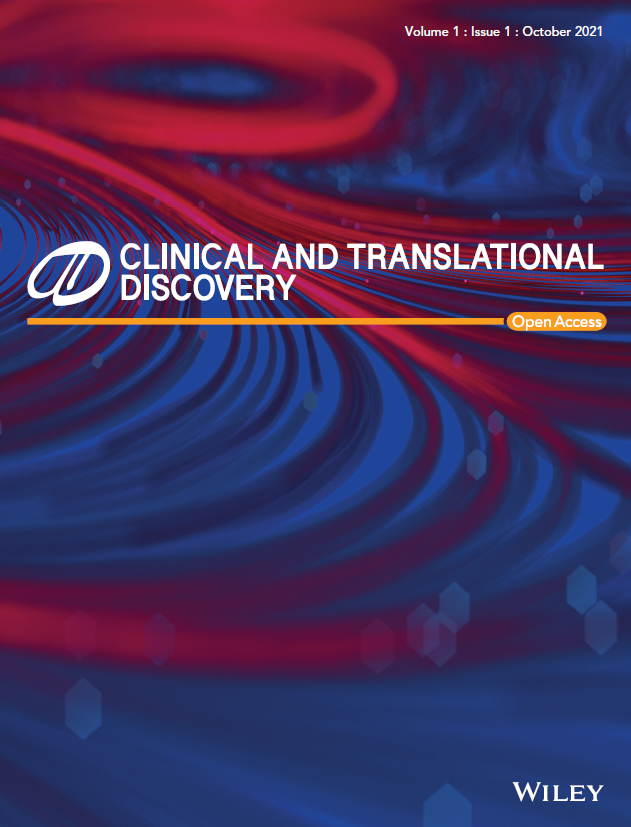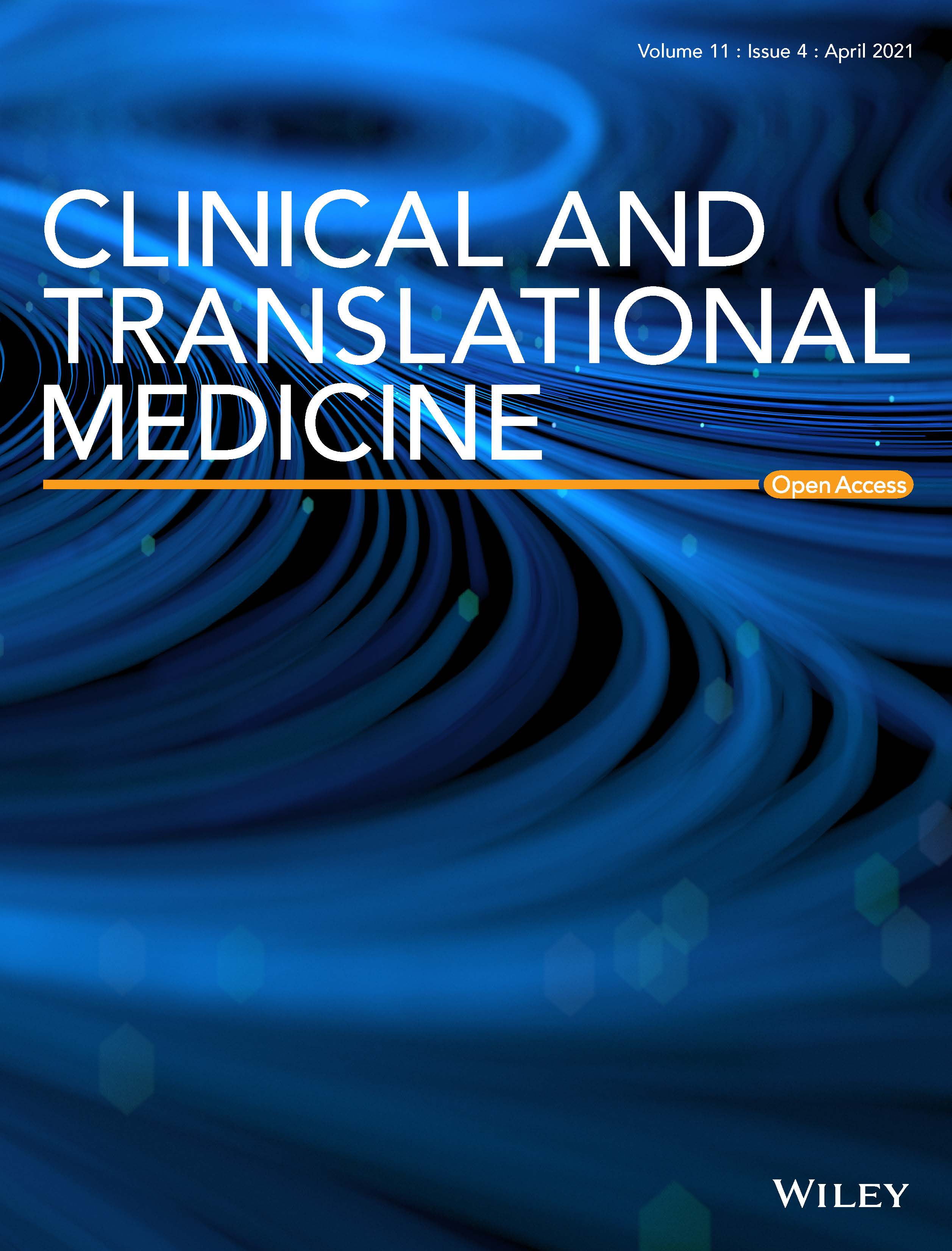Journal list menu
Export Citations
Download PDFs
ISSUE INFORMATION
ORIGINAL ARTICLES
Neurotransmitter accumulation and Parkinson's disease-like phenotype caused by anion channelrhodopsin opto-controlled astrocytic mitochondrial depolarization in substantia nigra pars compacta
- First Published: 15 May 2024

The depolarization of astrocytic mitochondria within the SNc in vivo led to the accumulation of γ-aminobutyric acid (GABA) and glutamate in SNc, subsequently resulting in excitatory/inhibitory imbalance and locomotor deficits. In vivo calcium imaging and interventions of neurotransmitter antagonists demonstrated that GABA accumulation mediated movement deficits of mice. One hour/day intermittent astrocytic mitochondrial depolarization for 2 weeks triggered spontaneous locomotor dysfunction and the loss of DA neurons, suggesting that astrocytic mitochondrial depolarization was sufficient to induce a PD-like phenotype.
m6A modification of lncRNA PHKA1-AS1 enhances Actinin Alpha 4 stability and promotes non-small cell lung cancer metastasis
- First Published: 17 May 2024

m6A-mediated lncRNA PHKA1-AS1 promotes proliferation and metastasis of NSCLC via increasing ACTN4 stability. Increased m6A modification of lncRNA PHKA1-AS1 enhanced its expression in NSCLC, which in turn regulated the expression of epithelial‒mesenchymal transition-related proteins, leading to NSCLC metastasis. Additionally, high levels of PHKA1-AS1 could bind to the oncogene ACTN4, inhibiting its ubiquitination degradation and enhancing its protein stability, thus promoting NSCLC progression and metastasis.
A platinum(IV)–artesunate complex triggers ferroptosis by boosting cytoplasmic and mitochondrial lipid peroxidation to enhance tumor immunotherapy
- First Published: 20 May 2024

Ferroptosis is an iron-dependent cell death form. In this study, we reveal a novel platinum(IV)–artesunate complex, which exhibits substantial bioactivity. For mechanism, the complex catalyzes lipid peroxidation, which ultimately induces ferroptosis in tumor cells. Meanwhile, the complex destroys ferroptosis defense system in mitochondria and cytoplasm. In summary, the complex has enormous clinical potential for ferroptosis-based cancer therapy in translational medicine.
REVIEWS
New insights into immune cells in cancer immunotherapy: from epigenetic modification, metabolic modulation to cell communication
- First Published: 23 May 2024
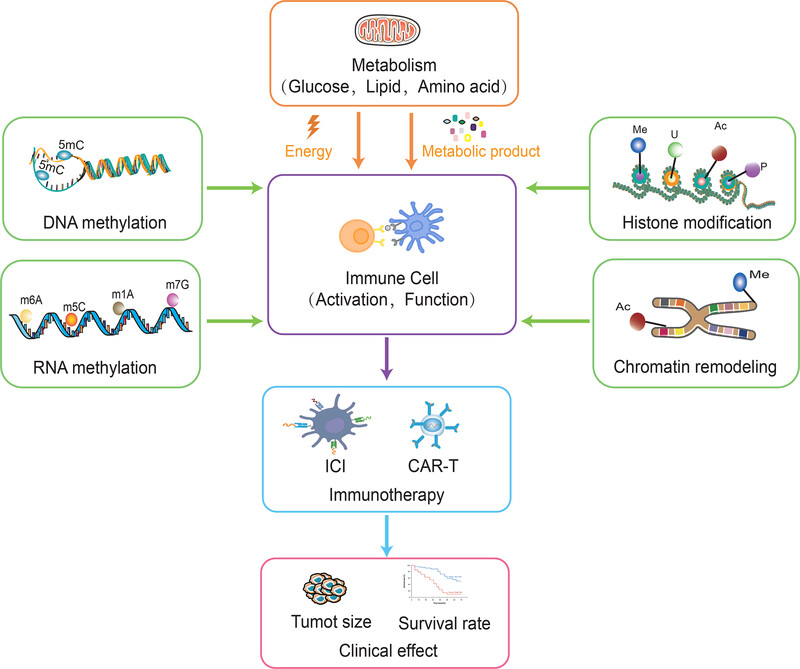
Relationships between immune cell metabolism, epigenetics modulation, and cancer immunotherapy clinical efficiency. Epigenetic regulation (including DNA methylation, RNA methylation, histone modification, and chromatin remodeling) of immune cells can influence the differentiation and activity of immune cells, while metabolic status influences the energy supply and reactivity of immune cells, and they are participated in cancer immunotherapy and influenced clinical effect through immune cells as a bridge. (Me, methylation; U, ubiquitination; Ac, acetylation; P, phosphorylation).
Therapeutic targeting of white adipose tissue metabolic dysfunction in obesity: mechanisms and opportunities
- First Published: 24 May 2024
ORIGINAL ARTICLES
Brassinin alleviates cancer cachexia by suppressing diverse inflammatory mechanisms in mice
- First Published: 28 May 2024
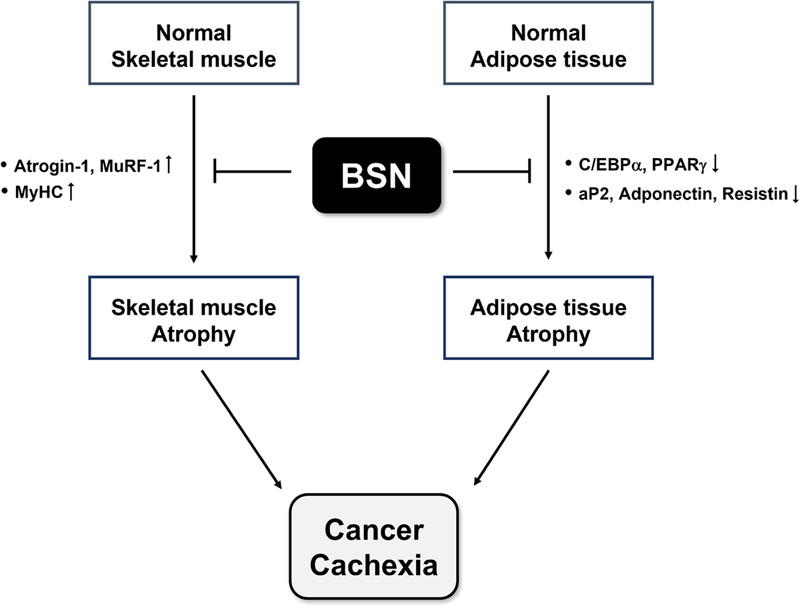
Cancer cachexia is a multifactorial syndrome that is responsible for the death of approximately 20% of cancer patients. It can effectively cause weight loss, skeletal muscle atrophy, and adipose tissue atrophy which can adversely affect the quality of life. However, effective drugs for cancer cachexia are still lacking. In this study, we have investigated whether brassinin (BSN) can affect cancer cachexia under in vitro and in vivo settings. We found that BSN effectively suppressed muscle atrophy by down-regulating the levels of Muscle RING-finger protein-1 and Atrogin-1, accompanied by increased expression of myosin heavy chain in cachexia-induced-C2C12 myotubes. BSN inhibited adipocyte atrophy by inducing adipogenesis in cachexia-induced 3T3-L1 adipocytes. We also noted that BSN can down-regulate signaling transducer and activator of transcription 3 activation. Moreover, it was found that BSN inhibited weight loss in mice and exerted anti-cachexic actions. Overall, our observations indicate that BSN can attenuate cancer cachexia and might function as a novel agent for the treatment of cancer cachexia.
REVIEWS
Liquid biopsy for human cancer: cancer screening, monitoring, and treatment
- First Published: 28 May 2024
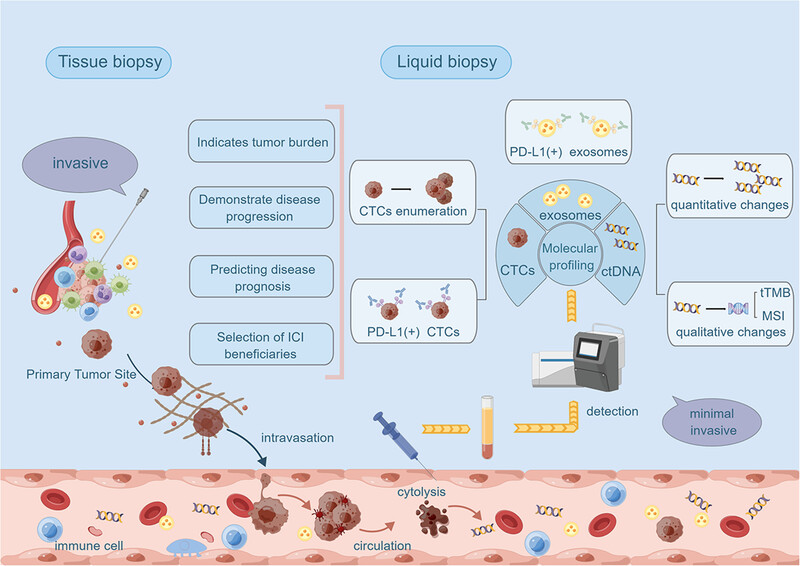
Application of liquid biopsy in immunotherapy of tumors. This schematic illustrates the advantages of liquid biopsy over tissue biopsy, such as minimally invasive and reproducible. As an essential alternative or complementary tool to tissue biopsy, liquid biopsy obtains a tumor profile by analyzing tumor-derived components from the circulation (e.g., circulating tumor cells, circulating tumor DNA, exosomes, etc.) and can be used in critical fields, such as screening for immunotherapy beneficiaries, indicating disease progression, predicting prognosis, and so on.
HIGHLIGHTS
Comprehensive multi-omics analysis provides biological insights and therapeutic strategies for small-cell lung cancer
- First Published: 29 May 2024
Little ones can do big things: Small molecule inhibitors target PTPN2/PTPN1 for tumor immunotherapy
- First Published: 29 May 2024
ORIGINAL ARTICLES
Tweety homolog 3 promotes colorectal cancer progression through mutual regulation of histone deacetylase 7
- First Published: 31 May 2024
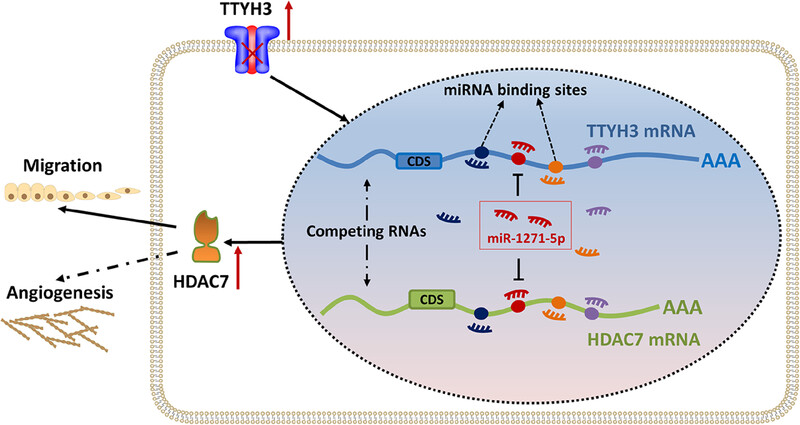
Schematic description of the main molecular mechanism involved in the critical role of TTYH3 in the regulation of CRC migration and angiogenesis via ceRNA mechanism. TTYH3 facilitates the advancement of CRC via interacting with HDAC7 through ceRNA crosstalk, namely by binding miR-1271-5p, rather than relying on its chloride ion channels activity.
REVIEWS
Oncogenes and tumor suppressor genes: functions and roles in cancers
- First Published: 31 May 2024
ORIGINAL ARTICLES
Application of individual brain connectome in chronic ischemia: mapping symptoms before and after reperfusion
- First Published: 02 June 2024
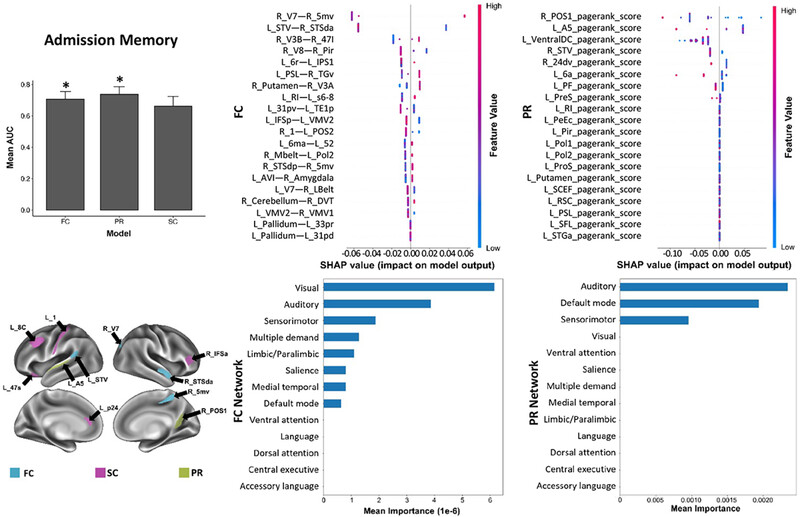
We applied individual brain connectome in chronic steno-occlusive vasculopathy to map both ischemic symptoms and their postbypass changes. Using multimodal parcellation with connectivity-based and pathological distortion-independent approach, areal MR features of brain connectome were generated with three measurements at the single-subject level. Machine-learning models were then trained with clinical and areal MR features to obtain acceptable classifiers for both ischemic symptoms and their postbypass changes. Finally, a Shapley additive explanations plot was adopted to extract important individual features in acceptable models to generate “fingerprints” of brain connectome.
Influence of TP53 mutation on efficacy and survival in advanced EGFR-mutant non-small cell lung cancer patients treated with third-generation EGFR tyrosine kinase inhibitors
- First Published: 02 June 2024
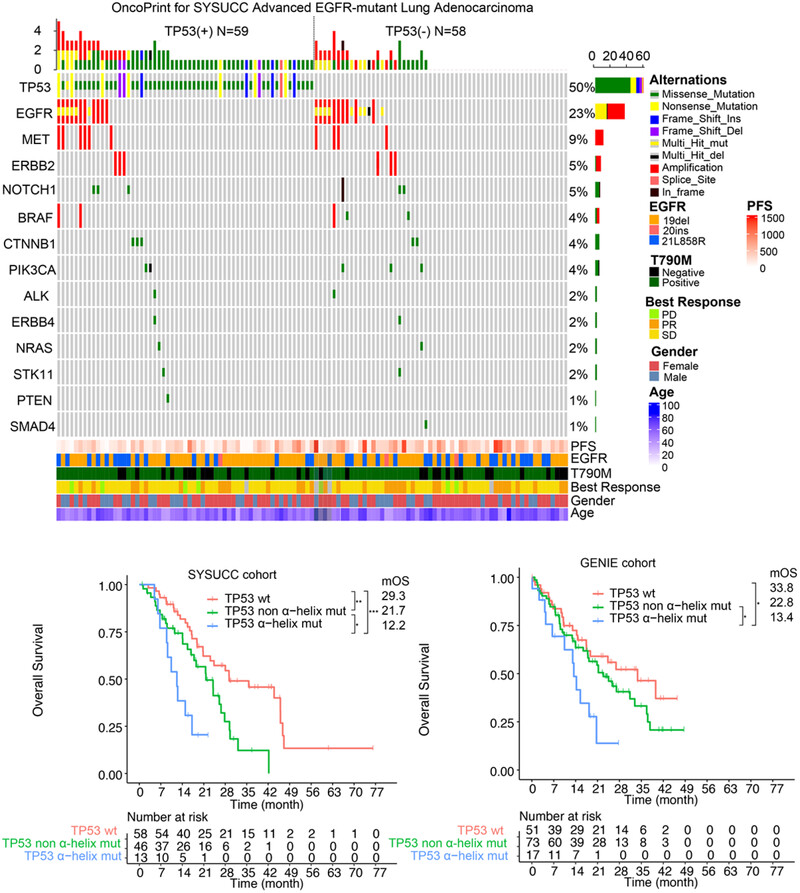
TP53 comutation was associated with poor outcomes in non-small cell lung cancer patients treated with third-generation epidermal growth factor receptor tyrosine kinase inhibitors. Notably, subgroup analysis has revealed that patients with TP53 mutations in the alpha helix region had shorter median OS compared with those with TP53 mutations in other structural regions. Similar findings were confirmed in another GENIE cohort.
A novel circPIK3C2A/miR-31-5p/TFRC axis drives ferroptosis and accelerates myocardial injury
- First Published: 05 June 2024
Chemoproteomics enables identification of coatomer subunit zeta-1 targeted by a small molecule for enterovirus A71 inhibition
- First Published: 05 June 2024
The combination of tumor mutational burden and T-cell receptor repertoire predicts the response to immunotherapy in patients with advanced non–small cell lung cancer
- First Published: 05 June 2024
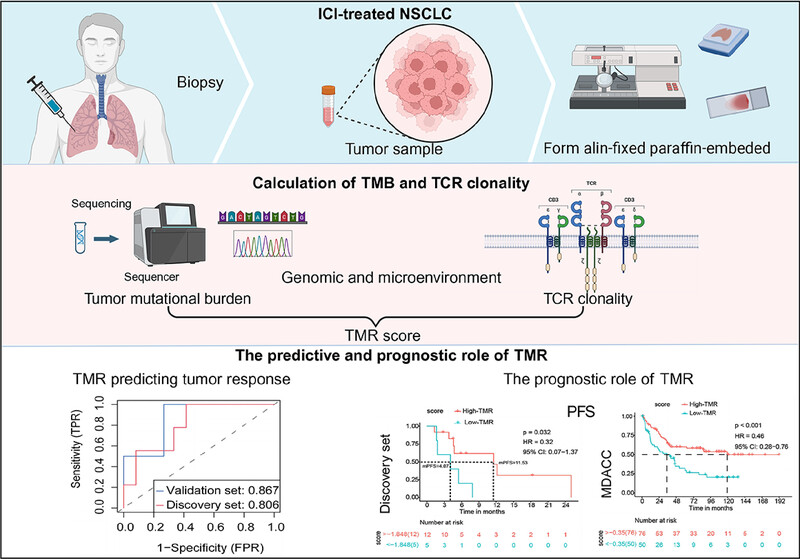
Targeted DNA and TCR sequencing were performed on tumor biopsy specimens from ICI-treated NSCLC patients. We combined TMB and TCR diversity into a TMB-and-TCR (TMR) score. The predictive value and prognostic role of TMR was assessed in NSCLC patients receiving immunotherapy. The performance of TMR score was confirmed in the two external validation cohorts from MD Aderson Cancer Center (MDACC).
REVIEWS
PROteolysis-Targeting Chimeras (PROTACs) in leukemia: overview and future perspectives
- First Published: 05 June 2024
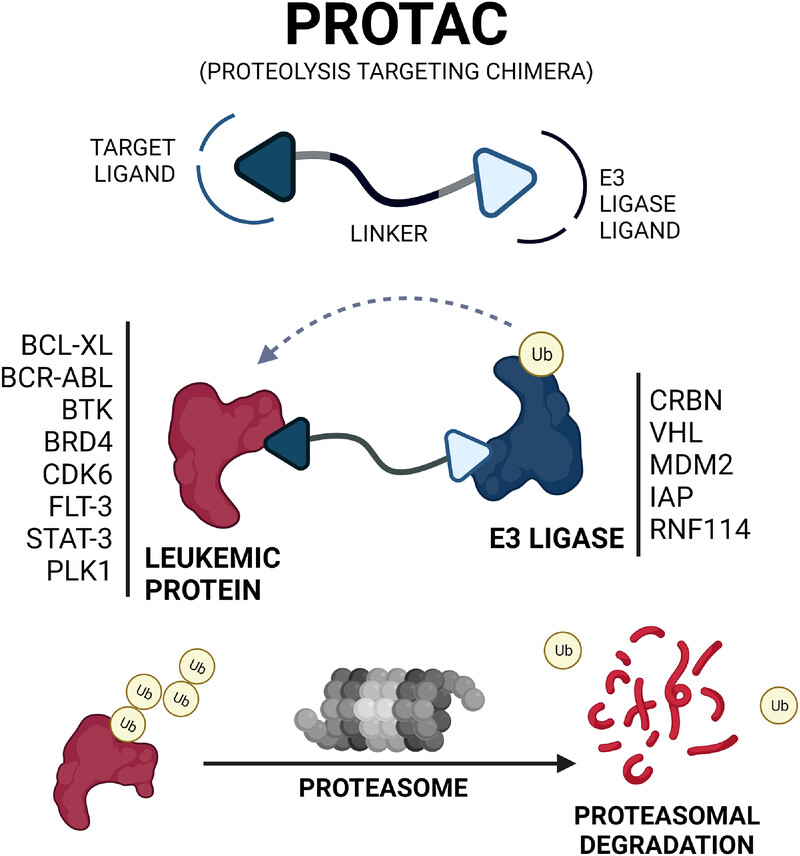
Antileukemic PROteolysis-TArgeting Chimeras (PROTACs) induce degradation of leukemia-associated targets, including resistance-conferring mutant forms. PROTACs against leukemia have increased dramatically. Most antileukemic PROTACs, through an event-driven mechanism, degrade the target potently, quickly, selectively, and with a long duration of action in vitro and in vivo, overcoming the difficulties of conventional inhibitors. Currently, six antileukemic PROTACs are in phase I/II of clinical trials .
LETTER
Antigenicity and infectivity of severe acute respiratory syndrome coronavirus 2 Omicron subvariants EG.5.1, XBB.2.3, FL.1.5.1, and BA.2.86
- First Published: 08 June 2024
ORIGINAL ARTICLES
Myricanol prevents aging-related sarcopenia by rescuing mitochondrial dysfunction via targeting peroxiredoxin 5
- First Published: 12 June 2024
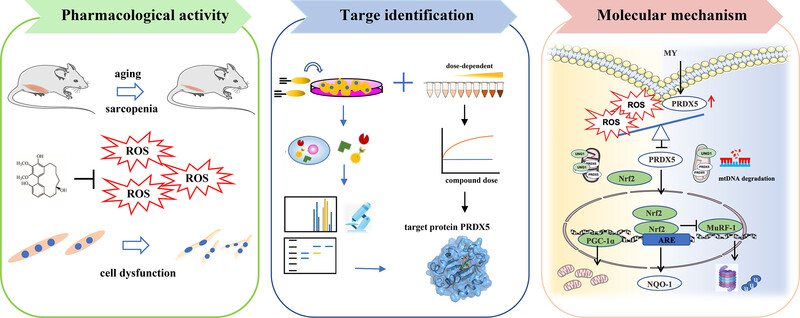
MY was found to protect aged mice against the loss of muscle mass and strength through scavenging ROS accumulation to rebuild the redox homeostasis. Combining biophysical and pharmacological profiles, peroxiredoxin 5 was discovered and validated as the direct target of MY. Furthermore, mechanistic studies showed that MY reduced reactive oxygen species accumulation and damaged mitochondrial DNA in myotubes through activating peroxiredoxin 5.
Molecular and transcriptional basis of bidirectional CD4+ T cell exhaustion in oropharyngeal squamous cell carcinoma
- First Published: 12 June 2024
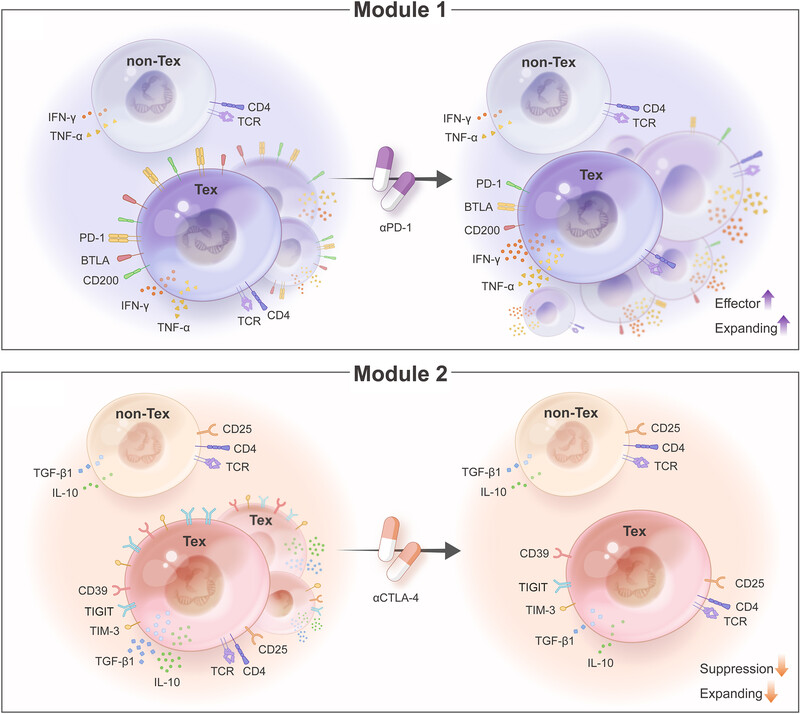
Tumor-infiltrating CD4+ T cells in OPSCC were categorized into the immune-promoting module (Module 1) and the immunosuppressive module (Module 2).The functions of Module 1 and Module 2 were positively associated with the T cell exhaustion states.Blocking the exhaustion progression of the bidirectional modules of CD4+ T cells alter the functional balance between Module 1 and Module 2 exhausted cells.
Multi-omics analysis reveals a crosstalk between ferroptosis and peroxisomes on steatotic graft failure after liver transplantation
- First Published: 12 June 2024
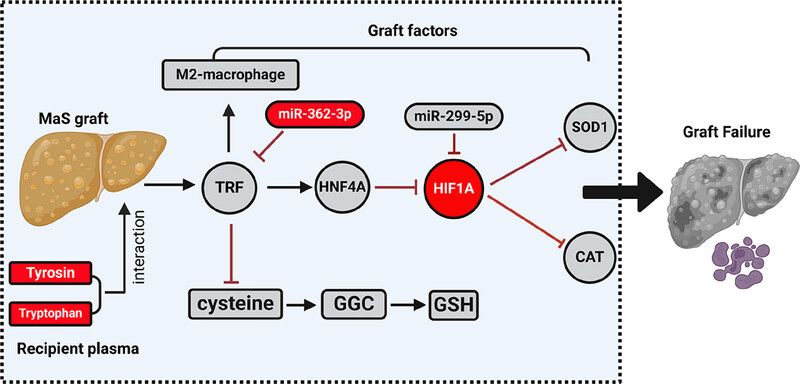
Transcriptome and metabolome profiling of graft tissues and recipient plasma revealed that MaS-related GF molecules were enriched in ferroptosis, peroxisome, and Peroxisome proliferator-activated receptors (PPAR) pathways. L-glutathione biosynthesis metabolites were depleted and transferrin-centric network regulated MaS-related GF. Decreased transferrin impairs anti-oxidative capacity via HNF4A/HIF1A. Increased circulating aromatic amino acid amplifies MaS-induced GF risk. MaS-induced GF stems from impaired anti-oxidative capacity via comprehensive regulatory networks.
Hyperexpression of tumor necrosis factor receptor 2 inhibits differentiation of myeloid-derived suppressor cells by instigating apolarity during ageing
- First Published: 12 June 2024
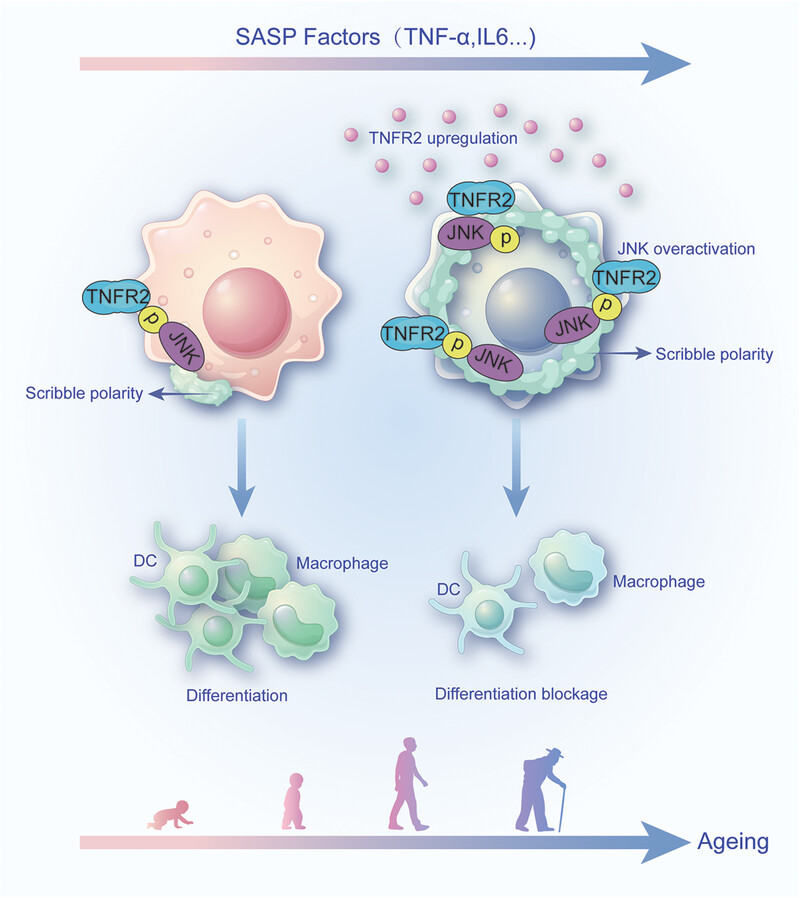
Ageing in stem or progenitor cells often results in cellular apolarity, which impedes their mature differentiation. However, the induction of apolarity in aged myeloid-derived suppressor cells (MDSCs) remains unexplored. This study reveals that the TNFR2 hyperexpression, triggered by either TNF-α or IL-6—two factors associated with the senescence-associated secretory phenotype (SASP), causes JNK-induced apolarity and inhibits differentiation in aged MDSCs.
Lipopolysaccharide released from gut activates pyroptosis of macrophages via Caspase 11-Gasdermin D pathway in systemic lupus erythematosus
- First Published: 14 June 2024
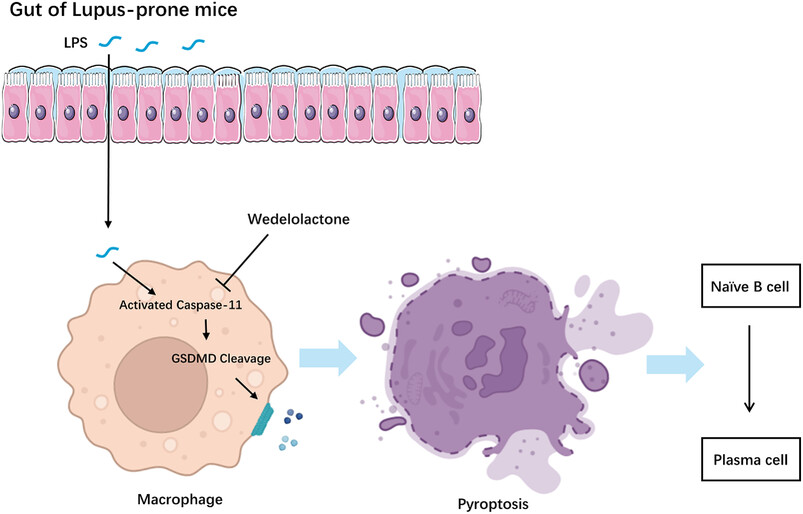
We found that the LPS translocated from the gut was able to trigger Caspase 11/GSDMD induced pyroptosis of macrophages in lupus-prone mice. The pyroptotic macrophages were able to facilitate the differentiation of plasma cell, by which process the intestinal disorders contributed to the development of lupus. We also confirmed that Caspase 11-inhibition was a potential therapy for lupus. .
CircMALAT1 promotes cancer stem-like properties and chemoresistance via regulating Musashi-2/c-Myc axis in esophageal squamous cell carcinoma
- First Published: 14 June 2024
Optimization and validation of a virus-like particle pseudotyped virus neutralization assay for SARS-CoV-2
- First Published: 14 June 2024
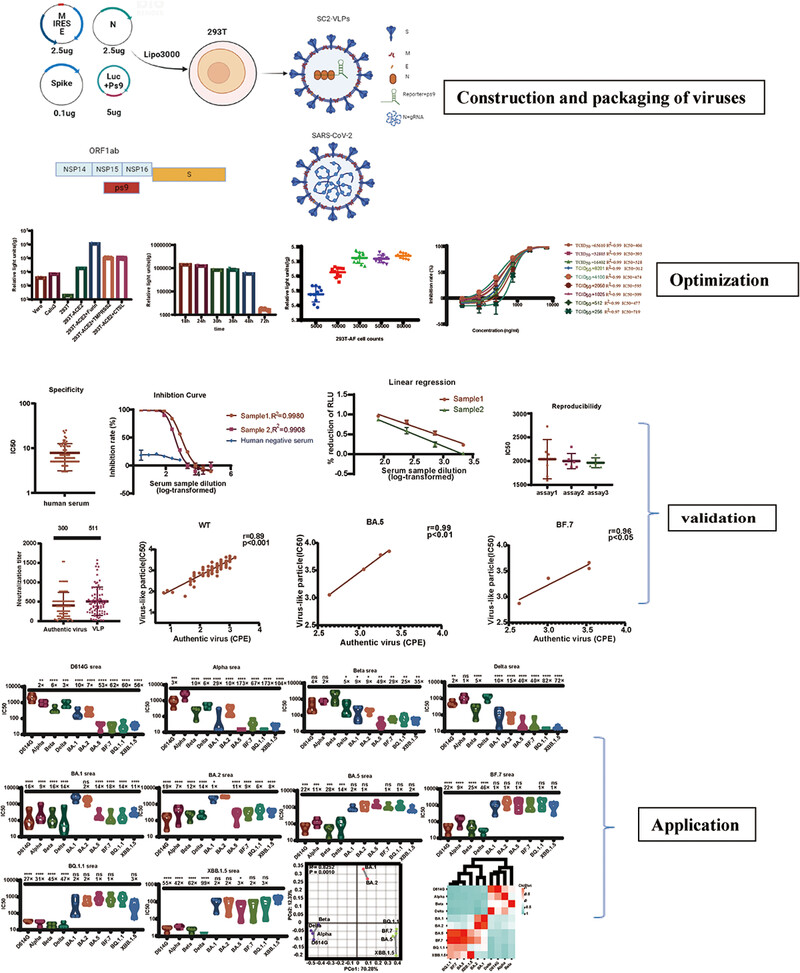
Through the optimization of the structural proteins of coronavirus virus-like particle (VLP) pseudotyped virus, we successfully constructed high titer the VLP pseudotyped virus variant. We optimized the conditions for neutralizing antibodies and validated the methodology. We have established a detection method for neutralizing antibodies against severe acute respiratory syndrome coronavirus 2 (SARS-CoV-2) VLP pseudotyped virus, which shows good consistency with authentic viruses and suitable for detecting various variants.
HIGHLIGHT
Fc-null anti-CTLA-4 antibody: a novel strategy to facilitate cancer immunotherapy by ridding the colitis-inducing mishap
- First Published: 14 June 2024




